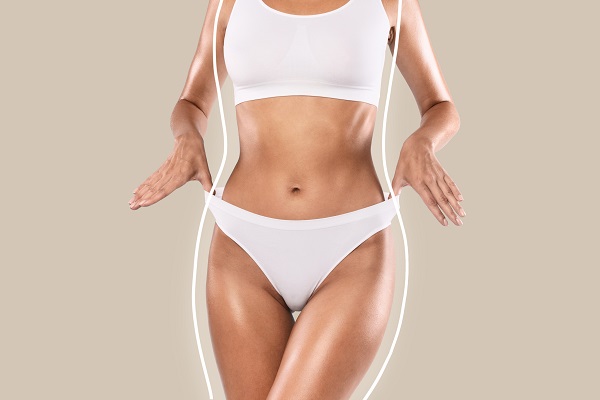Liposuction Surgery from a Plastic Surgeon

Liposuction is a surgery involving the use of a suction technique to reduce fat from certain parts of the body, such as the thighs, hips, abdomen, buttocks, neck or arms. Also known as lipoplasty or body contouring, the procedure can also shape or contour those parts.
Liposuction is not exactly a procedure for weight loss. Overweight people should lose excess weight through diet and exercises or through bariatric surgery (such as a gastric bypass operation) rather than with liposuction. An ideal candidate for liposuction would be someone with excessive body fat in certain places but with consistent body weight.
Why liposuction?
Liposuction is performed to reduce fatty deposits in parts of the body that have not changed despite dieting and exercise. Also, the procedure can be applied for breast reduction and gynecomastia treatment.
Weight gain causes fat cells to increase in size and volume. Liposuction decreases the number of fat cells in a particular body part. The amount of fat removed depends on the size of fat and the appearance of the area. The contour changes caused by the procedure are usually permanent, as long as body weight remains stable.
After liposuction, the skin will adjust itself to the new contours of the site. The skin will appear smooth if it has good tone and elasticity. Poor skin tone and elasticity may cause the skin around the treat parts to look loose.
A liposuction candidate must be healthy without ailments that may affect the surgery, such as coronary heart disease, diabetes or a weak immune system.
What to expect from the liposuction procedure
Ahead of the procedure, the initial appointment will be about the patient’s expectation of the surgery and a comprehensive health review. The doctor will want to know about the patient’s medical condition and any med or supplement they are using.
The surgeon will advise the patient to quit certain meds, such as blood thinners or anti-inflammatory drugs, as they tend to cause excessive bleeding during surgery. The patient will also need to make arrangement for transportation back home and supervision in the first night following the surgery.
During the procedure
Before making incisions, the surgeon will mark lines and circles on the affected parts. They may take pictures to compare the before and after images. There are different techniques, so the surgeon will choose the proper method based on the patient’s desired outcome, part of the body and if there is a history of liposuction.
Tumescent liposuction is the most common method. The surgeon will inject a sterile solution — a mix of salt water (which helps with fat extraction), lidocaine (an anesthetic for pain relief), and epinephrine (a drug that constricts the blood vessels) — into the site of treatment. The mixture will make the site swell and harden.
The doctor will proceed to make small incisions into the skin and insert a thin tube (cannula) under the skin. The tube is fixed to a vacuum that draws fat and fluids from the body. The lost body fluids may be replaced via an intravenous line.
Other liposuction techniques include ultrasound-assisted liposuction, laser-assisted liposuction and power-assisted liposuction.
The procedure may be performed under local or general anesthesia, depending on the treatment area. The procedure may last for several hours, depending on the amount of fat to be removed.
In conclusion
After liposuction, any bruising or swelling typically heals within weeks. The results of the procedure are permanent (with consistent weight) and usually gives the patient a more attractive appearance.
Check out what others are saying about our services on Yelp: Liposuction in Columbia, MD.
Related Posts
The popularity of Botox® is on the rise among adults looking for an easy way to improve their appearance. Although Botox treatment is one of the most minimally invasive cosmetic treatments, It still requires application by a qualified medical professional, who can help make sure the treatment will be safe and effective for you. Here…
As with any surgical procedure, the recovery period of a tummy tuck is crucial to its success. The key to a successful recovery is knowing what to expect so you can prepare ahead of time. Understanding what to expect can help ensure a smooth recovery.It is important to note that recovery timelines vary by patient,…
Facial fillers have grown in popularity in recent years as people see them as a minimally invasive way to reduce the signs of facial aging. Fillers can be effective for facial anti-aging, but who performs this procedure matters. Here is a closer look at facial filler techniques and why it is important to receive this…
Recovery is an important part of a successful plastic surgery procedure. A patient's actions before and after their procedure can either help or hinder their recovery. No matter the procedure, here are some general guidelines patients can follow to help support a successful recovery.Patients can do these key things to prepare their homes and themselves…







